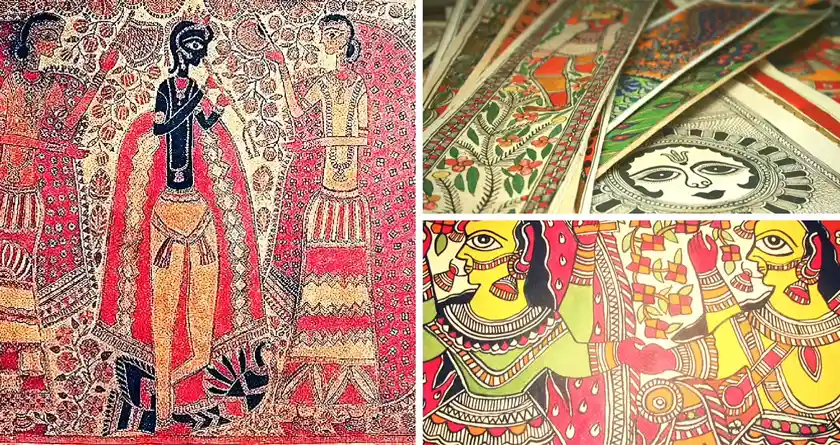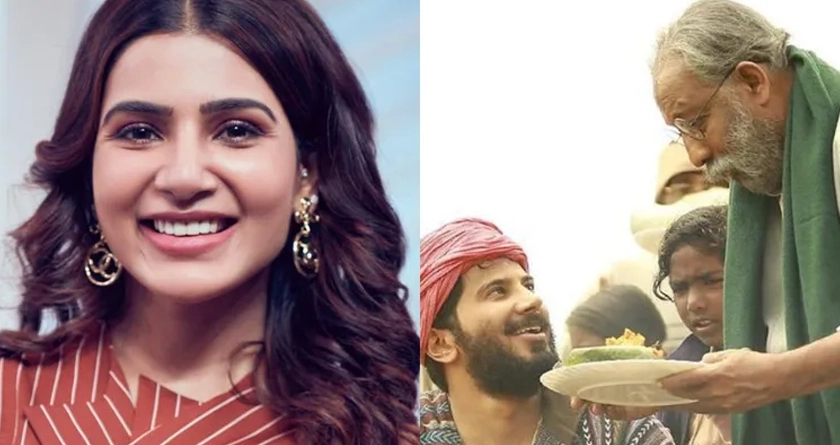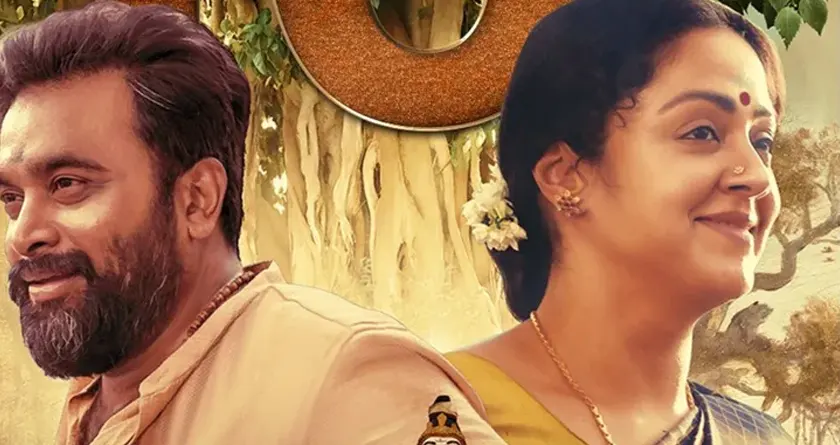
People's Living Cultural Heritage Madhubani Paintings
All about Mudhubani Paintings…Know more…
Friday, 25th June 2021
Mithila, a region in northern India's state of Bihar (which also extends into Nepal), has a long history of knowledge in the form of paintings. Madhubani paintings (also known as Mithila paintings) have been practised by local women for ages, and it is now considered a Mithila living tradition. With images on themes of religion, love, and fertility, the art not only represents the social structure but also the cultural character of the area.
Paintings of Madhubani are among the most well-known in the world. Mithila's popular art reflects the region's people's inventiveness and sensitivity. It, like all folk art, represents the psychology of the culture to which it belongs; it reflects the region's morals, values, and customs in a unique way.
Fingers, twigs, brushes, nib-pens, and matchsticks are used to create this age-old art, which is characterised by eye-catching geometrical designs and natural dyes and pigments. These paintings are mostly created by Mithila women, and hence have a significant symbolic value in a male-dominated society.
Origins & Name
Madhubani paintings are a traditional style of painting that originated in the Mithila region, specifically in the villages of Jitwarpur and Ranti, near Madhubani. Madhubani literally translates to "honey woodland."
Madhubani paintings have yet to be traced back to their beginnings. However, it is thought that King Janak, monarch of Mithila Kingdom in the 8th or 7th century BCE, commissioned these paintings to commemorate his daughter Sita's marriage to Prince Rama (of the Hindu epic - Ramayana).
Colors & Themes
The artworks are primarily religious in nature. Love and fecundity are the key themes in all of the paintings. They are made in particular areas in the house, such as the prayer room, the ritual area, the bridal room, or the village's main walls to greet visitors, among other places. Nature and mythology pictures are adapted and versioned according to the style of each place, as we have seen.
The worship of Hindu deities and episodes from their sacred writings, such as the episode of Radha and Krishna, Rama, Shiva, Ganesha, Laxmi, Saraswati, the monkey, the sun, the moon, the Tulasi plant, the Deep (a traditional lamp – made of soil, a symbol of a happy life), wedding scenes, and other social events, are the most commonly painted themes and designs.
The News Talkie Bureau
Source:
WorldHistory











